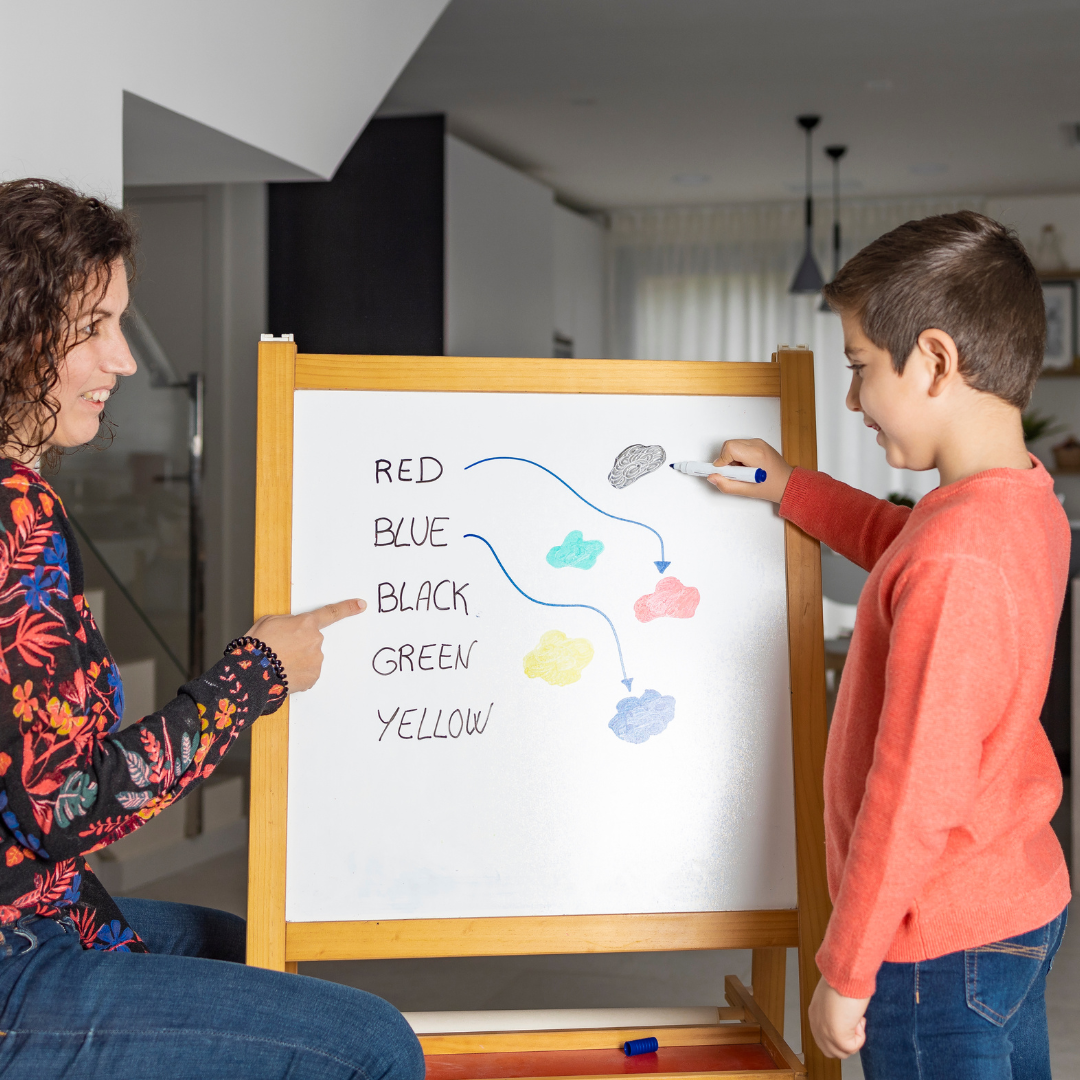5 Steps to Empower Non-Verbal Children in Mental Health Surveys
Rose Kight is the Intervention Lead at Fitzwaryn Special School in Wantage. She has over 11 years’ experience of teaching in an SEN setting and has recently completed an NPQ in Leading Behaviour and Culture.
“Effective leaders recognise that pupil voice is not just about feedback but about empowering students to shape their educational journey.”
HT Briefing
We all want our pupils to feel valued. One of the ways we do this is through completing a ‘MHWB pupil voice survey’. When we listen, we gain insights into how we can provide more effective support and identify those who maybe in need of early help. But how do we capture this information for children who use means other than words to communicate?
The spectrum of non-verbal communication is vast. We may be able to meet the needs of some children by taking a validated assessment tool and providing opportunities to feedback using visual supports such as iPads or symbols. For others, we may need to differentiate by reducing the number of questions and language within each one. However, there is another group who require us to be more creative.
For these children the Education Endowment Foundation advises that, “Effective approaches for gathering pupil input often rely on observing natural behaviours and responses, particularly for children with significant communication challenges.”
Gaining insights into a child’s internal state through observation can be tricky. However, we can take intentional steps to design a process that is meaningful.
1. Know what you are looking for
We want to know how a person feels not how they present. We can make a child smile by offering them a toy or chosen object but if this doesn’t reflect what’s happening internally our observations lose validity.
2. Agree on ‘things’ to observe
There are many facets to non-verbal communication that may indicate how a person is feeling. These include, facial expressions, body language, posture, vocalisations, eye movement, behaviours, concentration and engagement. Taking time to slow down and tune in can help us make informed decisions about what to observe.
3. Be aware of other contributing factors
Transition periods, temperature, noise levels and time of the day are just some of the factors that can influence how a child may present at any given time. We need to be mindful of these when completing observations.
4. Work together
There is a vast range of expertise within our schools. When we discuss our observations, we can gain greater clarity and paint a more meaningful picture. Capturing evidence using written notes, video and audio can aid this process.
5. Other considerations
There are clear links between communication difficulties and medical health, physical and sensory needs. We need to consider all influences and where necessary ensure health, physical or sensory assessments have been completed by appropriate professionals.
While ascertaining ‘pupil voice’ for some of our children may not be straightforward, we can take comfort in the knowledge that our efforts will be worthwhile. Emotional wellbeing impacts all areas of our life from our physical health to our relationships. When we take the time to understand the needs of the community we serve we can foster a sense of belonging and pave the way for more effective support.




